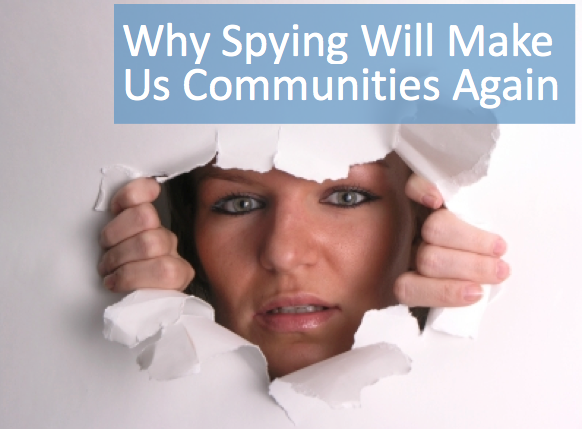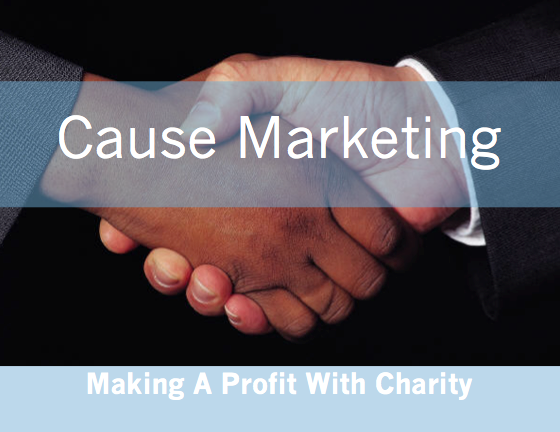 Over the years, I have helped many clients prepare for their first meeting with a legislator. I have seen presidents of national and multinational corporations, men with billion dollar budgets and thousands of employees break out in a sweat at the thought of presenting their organization’s perspective to a Minister. I have also had clients whose complete lack of regard for the time and opportunity afforded to them by a meeting with a Minister come close to derailing their corporate objectives before they had even presented them.
Over the years, I have helped many clients prepare for their first meeting with a legislator. I have seen presidents of national and multinational corporations, men with billion dollar budgets and thousands of employees break out in a sweat at the thought of presenting their organization’s perspective to a Minister. I have also had clients whose complete lack of regard for the time and opportunity afforded to them by a meeting with a Minister come close to derailing their corporate objectives before they had even presented them.
In one particularly memorable case, my client who had been out at meetings with members of parliament (MPs) all morning called a minister’s office and asked the assistant to organize a lunch in time for their arrival since they were falling behind schedule. Given that the assistant in question worked for the Minister of Finance it’s fair to say that she had other things too attend to that morning, not the least of which were all of the other visitors waiting to meet the minister. She didn’t call a caterer, she called me.
When people told me government relations was exciting, I was skeptical. I had worked in politics for years and met plenty of lobbyists. While the issues were interesting and the policy solutions often ingenious, the hours were long and moving regulations or legislation is often tedious. Unless it was an election night, exciting is not how I would have described most political action. However, when my day was unexpectedly interrupted by a an outraged assistant previously known for her patience under fire, my heart rate might have picked up. There is definitely a certain amount of drama associated with trying to soothe an angry assistant, while madly pantomiming to your own assistant to call the florist and send a massive bouquet of flowers BEFORE your oblivious client gets there.
Although the client in question headed up a multi-national who could make the nation’s GDP drop when they had a strike, they were still people dealing with people. The cost of the flowers and my time while I sorted out their faux pas was negligible, but that little moment cost them a good deal of credibility. For a large corporation if you perform enough small blunders the cost to your reputation starts to take a tremendous financial toll. Whether you’re annoying a minister’s assistant or frustrating a customer, bad news spreads quickly. Social media means it spreads at the speed of a key stroke.The customer/stakeholder/follower is not always right, but they always deserve to be treated with respect.
Some Simple Tips To Keep In Mind
- Consider how you might feel if positions were reversed.
- Treat people the way you want your favorite human treated.
- Respect the time of the people you are meeting with, including the time of their staff.
- If you are going to be late, give them a heads up.
- If you are going to be early, try to avoid their office unless you have no choice and then stay out of their way.
- Most importantly, play nice.



















